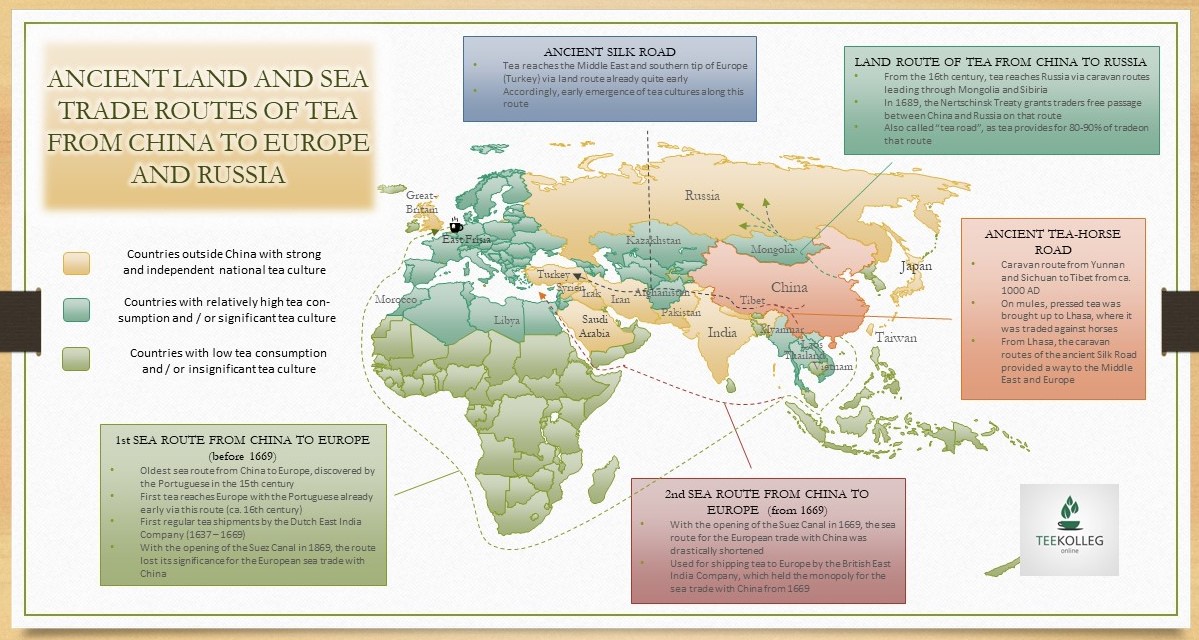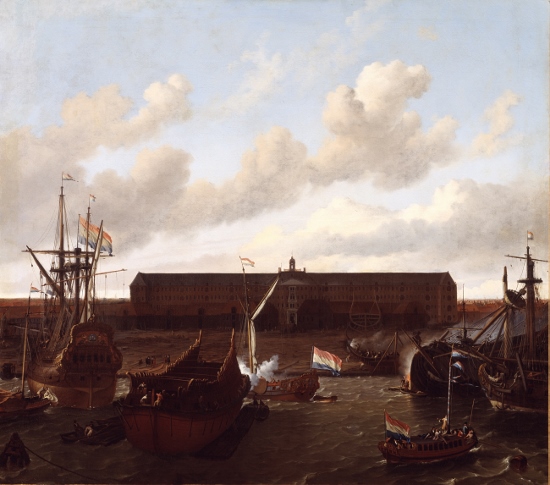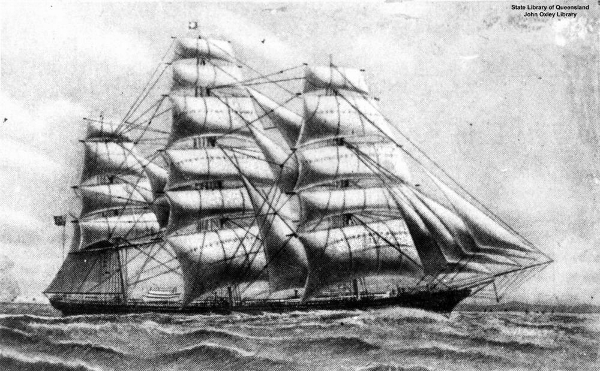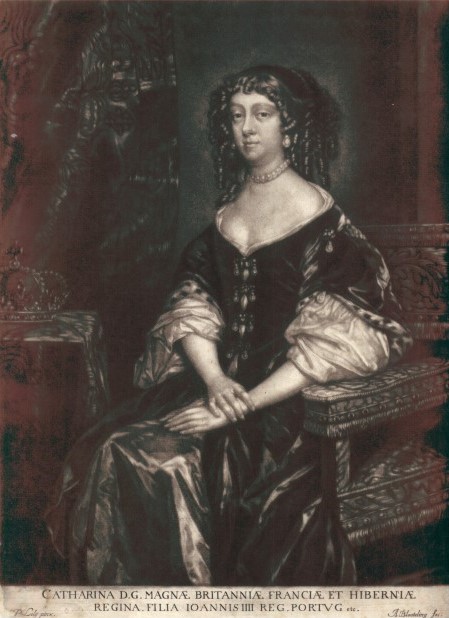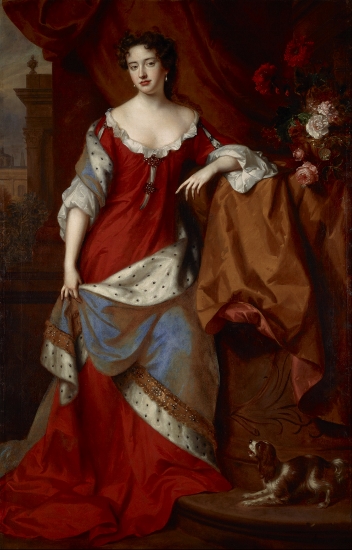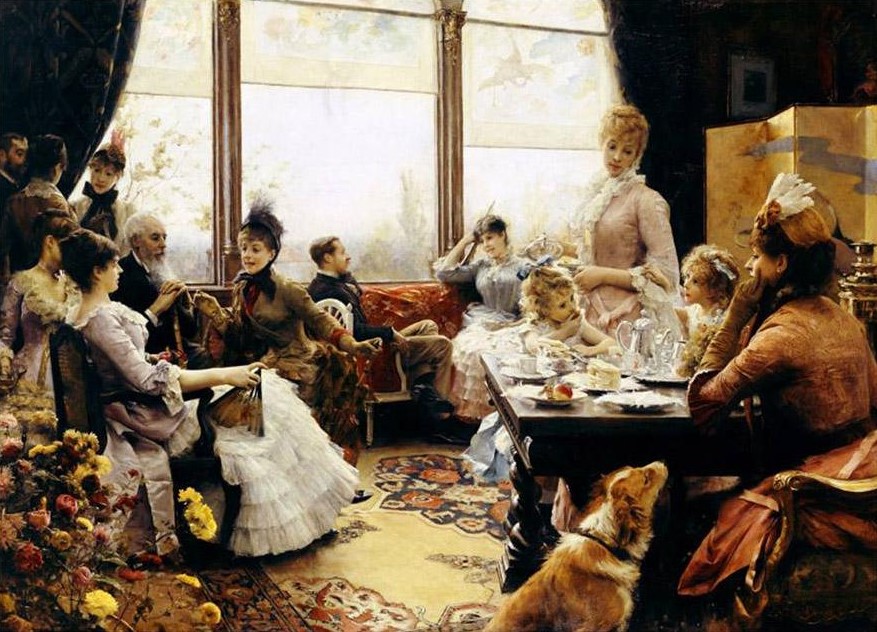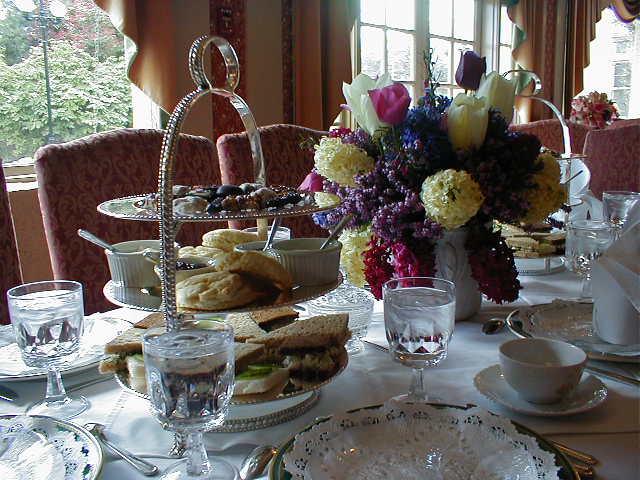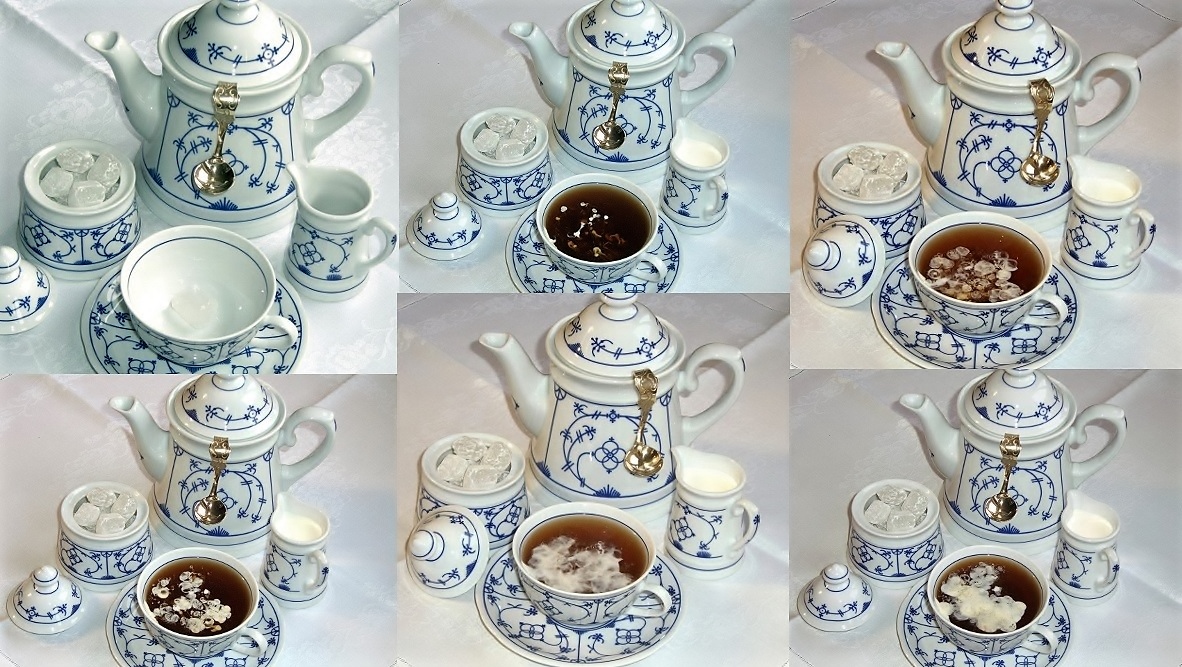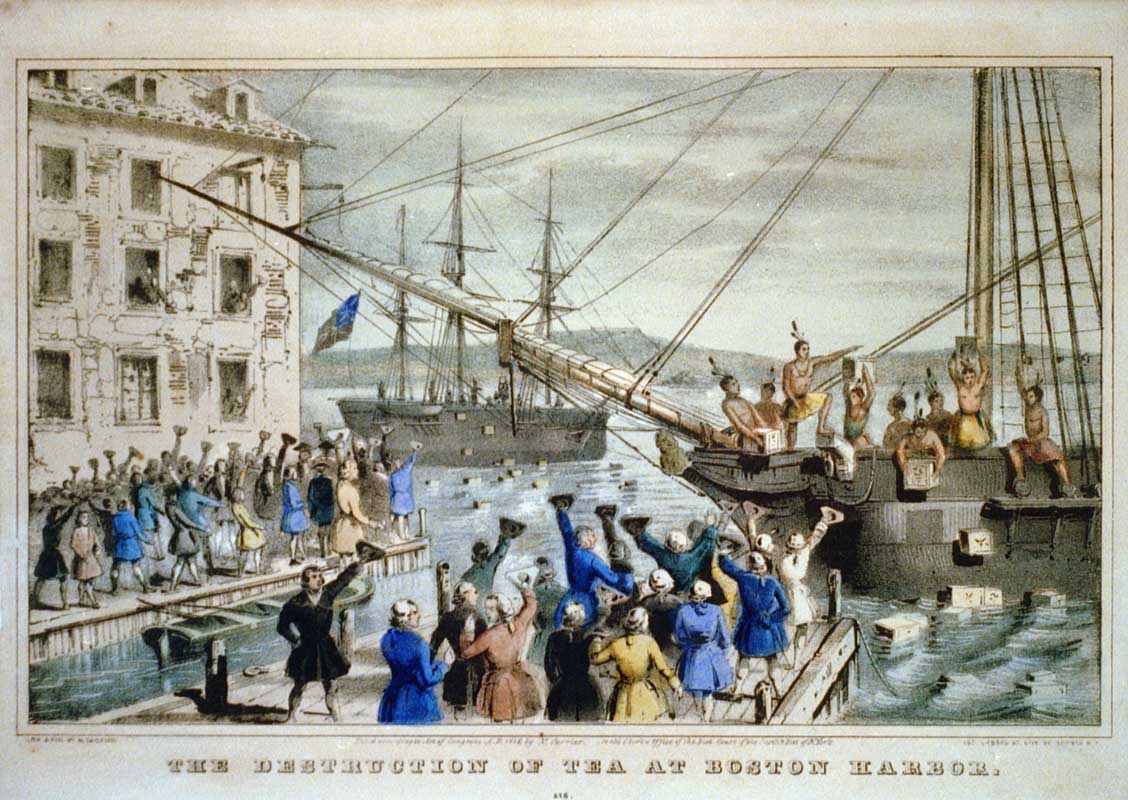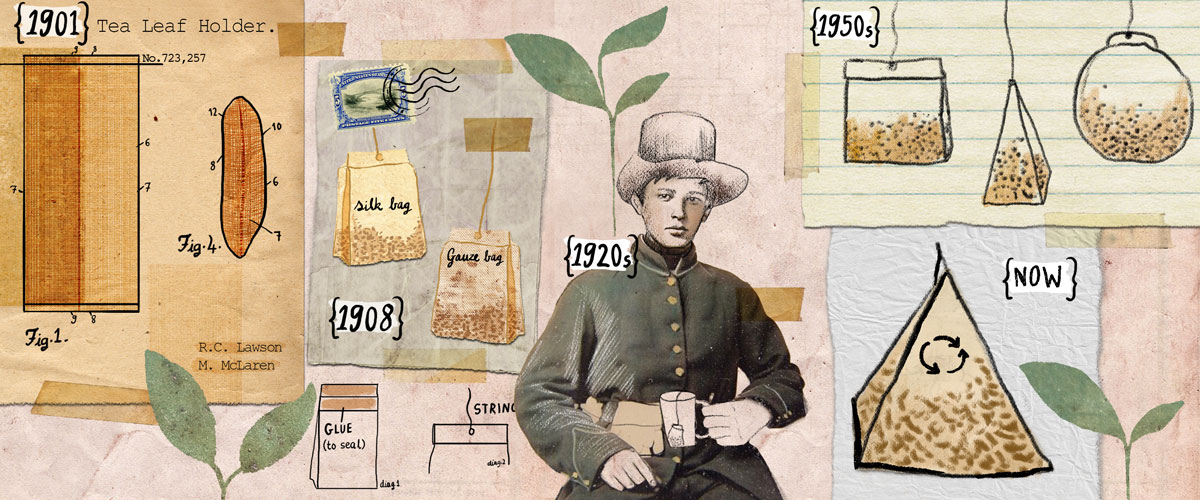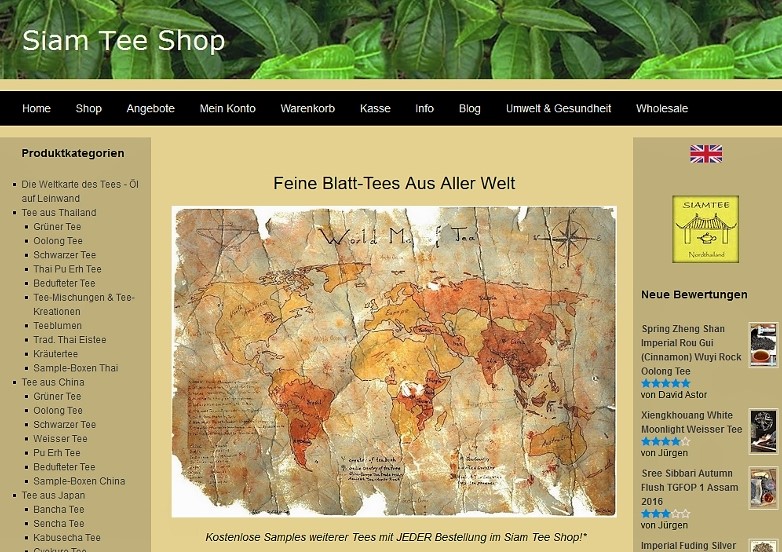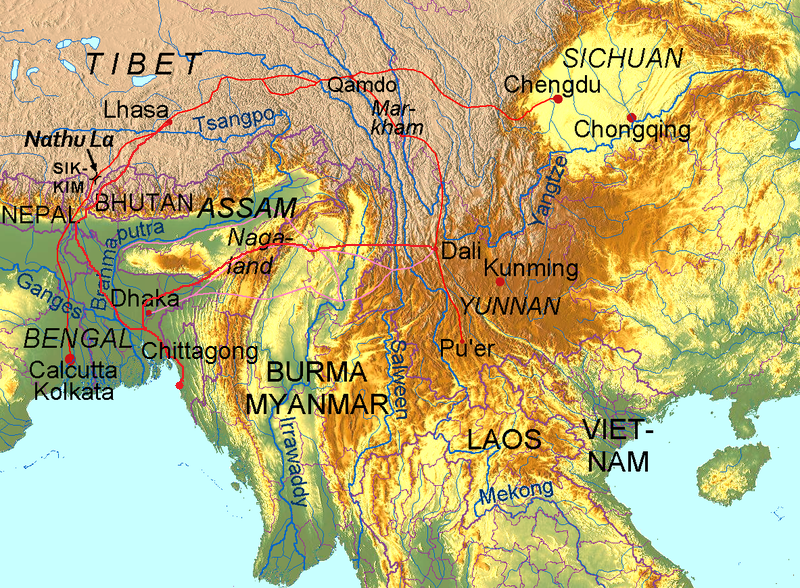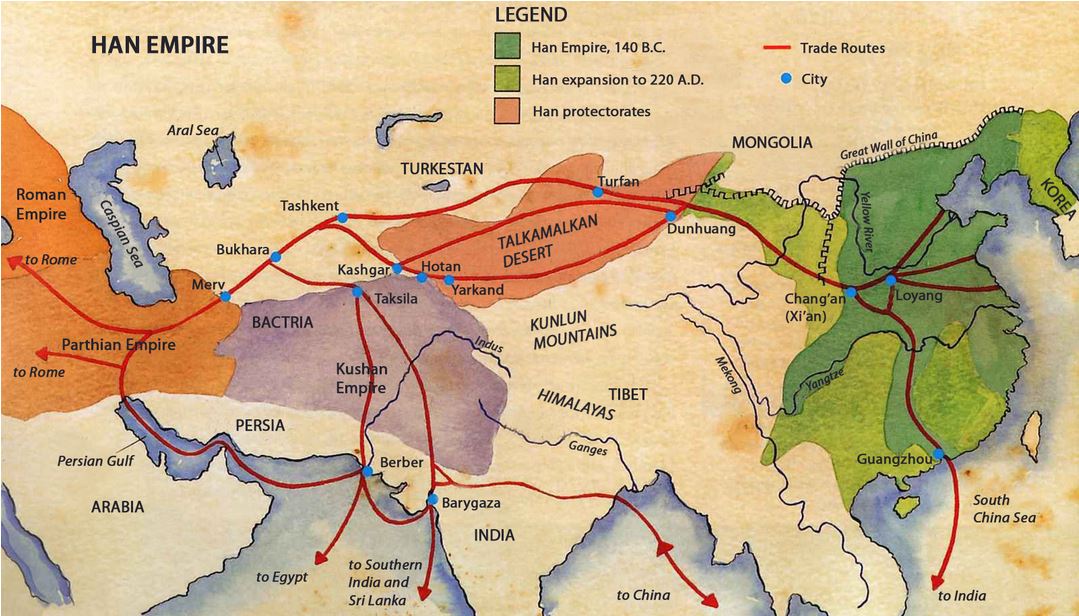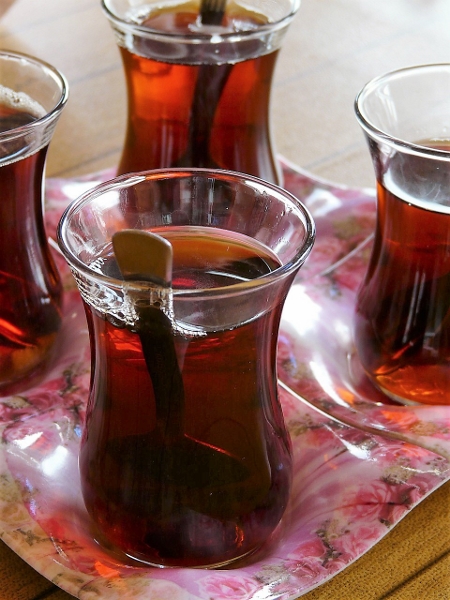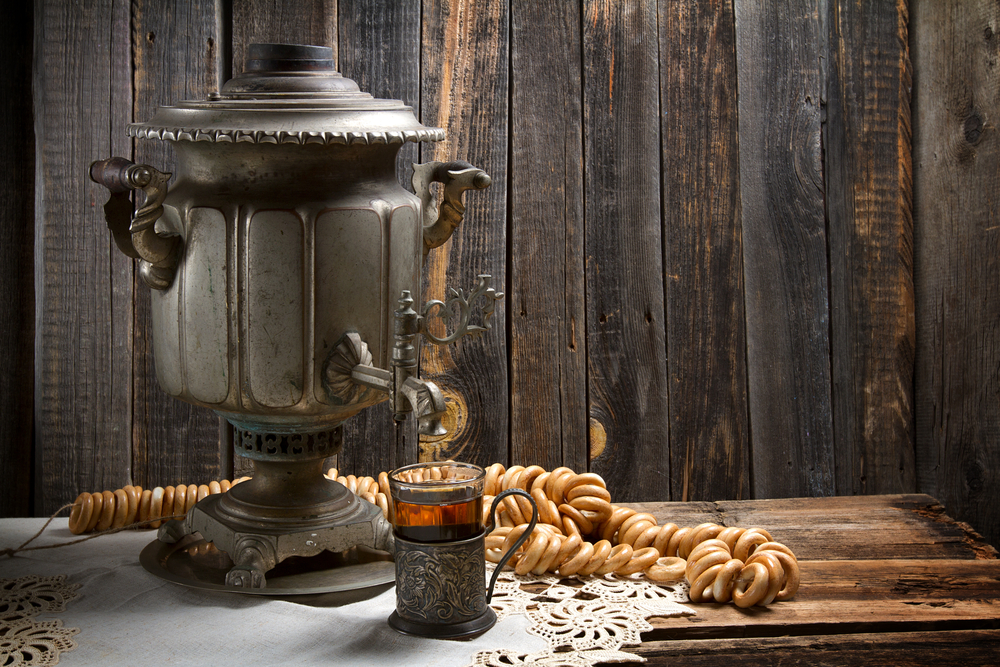Tea cultures of the world – The previous lesson 10/3 outlined the spread of tea culture from China across Asia. Accordingly, we will now look at the routes of tea from there to Europe, Russia and the Middle East.
(Land and Sea) Routes of Tea Trade from China to Russia and Europe (click to enlarge)
1. Milestones of Tea on its way to Europe, Russia and the USA
1600-1800 AD
- 1600 – First tea reaches Europe with Portuguese sailors and establishes at the Portuguese court.
- 1610 – The newly established Dutch East India Company begins shipping green tea from Japan and black tea from China on sea route via Java to Holland.
- 1618 – In the same decade, Russian ambassador Vasily Storkov sends 200 boxes of tea from China to Russia as a present for his Tsar.
- 1644 – First tea delivered (100 pounds!) to England by the Dutch.
- 1657 – First introduction of tea in England’s nobility-reserved “Coffee Houses”, which were soon to become “Tea Houses”.
- From 1669 – The British East India Company assumes increasing shares in the Asian trade. Finally, it acquires the monopoly for European sea trade with China – and thus for the tea trade of that time. The monopoly position continues until 1834.
- 1717 – Thomas Twining opens England’s first tea shop in London.
- Around 1750 – tea reaches East Frisia via Holland. There, a tea culture and tea ceremony develops, whose “Wulkje and Kluntje” today is not only a well-known term in the German tea sphere.
- 1773 – After the first British tea imports to the New World, tea begins its triumphal parade in America. There, the constant increase of the import tax on tea through the Britains soon leads to protests throughout the country, finally culminating on December 16, 1773.
- December 16, 1773 – Members of the Masonic Lodge, the so-called “Boston Tea Party” dressed as Mohawks board the ships of the British East India Company lying in the harbor and drop 342 crates of tea in the sea. The event marks the begin of the American Revolutionary War.
from 1800 AD
- 1823 – British adventurer Robert Bruce encounters native tea trees in Assam. He establishes relations with the local tribes and opens the gate for tea imports from Assam to the British colonial empire.
- 1834 – British botanist Robert Fortune succeeds in smuggling tea plants from China to India on behalf of the British East India Company. These are nurtured in the botanical garden in Calcutta and propagated through cuttings for cultivation in India.
- 25. April 1859 – the opening of the Suez Canal shortens the sea route from India to Europe to less than one third of the original distance.
- From about 1850 – The availability of tea from the Indian colony finally gives the United Kingdom far-reaching independence from China imports. In the aftermath, tea from India dominates the European market. At the same time, Europe’s connection to tea imports from China gets almost completely lost.
Dock of the Dutch East India Company in Amsterdam
2. Western tea cultures
2.1. British tea culture as the “mother” of Western tea cultures
So, although it was the Portuguese and Dutch who first brought tea to Europe, it is mainly the British tea culture that has left its mark on Western tea cultures. Here, black tea is clearly the main focus. However, this is less owed to taste preferences than to given circumstances of that time. Green tea did not do very well, often taking many months to transport from Asia to Europe. Instead, especially the long storage period in damp ship’s hull led to the green tea often being already moldy upon its arrival in Europe. In contrast, black tea is much more resistant to the negative effects of long and improper storage.
British tea clipper “Cutty Sark”
At first glance, the British tea culture does not show much Chinese influence. Instead, it has its own – British – aesthetics, follows its own – British – rules and incorporates its own – British – culinary environment. In turn, this reflects in a British style of tea ceramics, specific practices on relevant occasions, fixed regular daily tea times, and a given range of foods accompanying the same.
2.2. Introduction and development of tea culture in England
As the story goes, England’s first prominent tea drinker was actually a Portuguese. Catherine of Braganza, scion of the Portuguese royal family, married King Charles II of England in 1662 and from then on lived with her husband at the British royal court. What she brought with her from Portugal was the tea, which was already popular at the court of the Portuguese seafaring nation at that time. Subsequently, Catherine became the first person to regularly celebrate afternoon tea at the British court.
Catherine de Braganza
After that, British tea culture received further promotion by British Queen Anne (Stuart, 1665-1714). Because of the poor quality of water at the English court at that time, boiled warm beer was the common morning beverage at the British court. It is said that Queen Anne replaced her morning warm beer with tea, in order to avoid the negative effects of alcohol on the remainder day. Allegedly, this role model significantly contributed to the diffusion of the tea drinking habit into broader segments of the population.
Queen Anne
Coffee houses soon became tea houses, and tea quickly established as a special luxury of the British upper class. In 1783, when the previously extremely high tea tax was drastically reduced, tea became affordable for the general population. And the common people did not hesitate to follow in their royalty’s footsteps….
2.3. The British tea ceremony
The British traditionally prefer strong black teas. At this, instruments of preparation are a teapot and a tea set, consisting of cups, creamer and sugar bowl. The predominant material here is porcelain.
At first, the tea leaves are poured over with hot water in the pot. After a few minutes of infusion, the tea is then distributed to the cups, while the tea leaves remain in the teapot with the remaining water. To prevent the tea from becoming too bitter after a longer period, hot water is added from time to time. Most Britons drink their tea with milk and sugar. That said, whether tea or milk is added to the cup first, or vice versa, is still an unresolved dispute between the supporters of both camps in England to this day.
5 o’clock tea
2.4. “5 o’clock tea” and “High Tea”
The regular tea break in the afternoon, namely “5 o’clock-tea”, “Low Tea” or “Afternoon Tea”, was introduced at the English court at the time of Queen Victoria by one of her court ladies. The same applies to the “High Tea”, a synonym for the English dinner. Both “tea times” are accompanied by specific dishes, which are to be served in a predetermined order.
To this end, the “Afternoon Tea” comes with snack-like dishes in 3 courses. First, there are sandwiches, followed by scones with cream and jam, and finally candied fruits and chocolates. The high-tea dishes, on the other hand, are more savory: meat, pies and cooked vegetables, often topped off with a sweet dessert.
High tea
2.5. Other western tea cultures
Initially, the tea cultures of other western countries have little to add to this. Whether in Germany, France, Italy or the US, in most western countries tea culture seems to be little more than a localized version of the English variant. In addition, there are substantial shortcomings in the significance of tea culture within the respective societies. While the tea really means A LOT to the Brits, it doesn’t mean much at all to the Germans (exception: East Frisia), French, Italians or Americans.
2.6. The East Frisian tea culture – “Wulkje” and “Kluntje”
Well, as usual, exceptions confirm the rule. One such exception is the East Frisian tea culture. Tea reached East Frisia through its large North Sea ports at a very early stage in the history of tea imports to Europe. The “rugged East Frisians” soon developed a preference for particularly strong black teas. And indeed, the typical “Ostriesentee” blend is so strong that one can hardly enjoy it without milk and sugar. It usually consists of a major share of Assam teas, with smaller portions of tea from Ceylon, Indonesia, Africa and / or Darjeeling.
The traditional ritual of preparing genuine East Frisian tea represents a tea ceremony of its own, the “Teetied”. First, a large piece of candy is placed on the bottom of the teacup. After an infusion period of minimum 5 minutes, the hot tea is poured over the Kluntje, just enough so that the Kluntje still protrudes from the deep brown liquid. If it cracks while pouring, this is a sign that the tea is hot enough. Then cream is added in a circular motion along the edge of the cup in such way that it forms little clouds (“Wulkje”). Especially the latter requires a lot of practice for a successful effect!
Tea cultures of the world – East Frisian Tea Preparation / East Frisian Tea Ceremony – Sequence
With 300 liters of tea per capita per year, the East Frisians hold the official world-wide record in tea drinking. Even before England, before China, before Japan, before India and before all others. Therefore, as small as East Frisia might be, in comparison to Great Britain or even China, there is no way around the East Frisian tea culture when looking at the tea cultures of the world.
2.7. The way of tea to America
The way of tea to the newly discovered American continent was a predictable one. The British, then rulers of the New World, brought the tea from England to America. The high taxes imposed on tea there should represent a significant contribution to the outbreak of the American Revolutionary War.
“Boston Tea Party” – prelude to the American Revolutionary War
On December 16, 1773, Boston citizens disguised as Mohawks storm a British tea clipper docking in the harbor and throw all the cargo into the sea. The event goes down in history as the “Boston Tea Party”. Just over a year later, on April 19, 1775, the American Revolutionary War breaks out.
What the tea cultures of the world owe to American tea culture is the invention of the tea bag. This was invented in 1908 by an American tea merchant by accident. Actually, the purpose of the silk bags, in which he started packing his tea one day, was to save space and weight when transporting to the customer. These, however, thought that the silk bag was intended to facilitate the preparation of the tea … After clarifying the misunderstanding, the idea was retained and further developed in a purposeful way.
Invention and development of the tea bag
2.8. Y2K – Western tea culture in transition
Traditionally, Western tea culture is mainly about black tea. Therefore, black tea still represents the major share in tea consumption in western countries today. Nevertheless, the popularity of green tea in Western tea culture has been steadily increasing over the last decades. One reason for this is the development of quicker means of transport, for example in aviation. On the other hand, Western societies have been showing a sustainable health trend during this period. And Westerners do consider green tea as particularly healthy. However, even more crucial for the current transformation of Western tea cultures are 3 other, much more fundamental factors.
Modern communication technology, the concomitant globalization of economic activity and the spread of the English language as a world language have made the world a village. This applies equally to the availability of information and products. Thus, old and/or exotic tea cultures have become available for tea lovers in the West not only on an informational, but also on a physical level. Namely in the form of relevant teas, respectively.
Modern communication technology and economic globalization make tea widely available
Overall, we can say that for tea lovers in western countries, the gates to the world of tea have never been open that wide before. As a result, the tea culture in Western countries is no longer as uniform as it used to be. Instead, the big old tea cultures of the world have meanwhile found their way into western living rooms and heads. In Germany, for example, circles of dedicated enthusiasts have formed particularly around the Chinese and Japanese tea cultures. But even comparatively exotic tea cultures, such as the Moroccan or Tibetan one, have become common subjects of exploration by tea enthusiasts in the west.
3. Tea cultures in the Middle East and Eastern Europe
3.1. Land route instead of sea route – caravan tea
While the sea route was the primary route of tea from China and India to the west, there were also land routes for the spread of tea culture. At this, old caravan routes such as the famous “Silk Road” or the “Tea Horse Road” play a significant role.
Tea cultures of the world – Ancient Tea-Horse Road – since about 1000 AD
From around 1000 AD, caravans brought pressed tea from the Chinese provinces of Yunnan and Sichuan to Lhasa in the Tibetan highlands via the tea-horse road. And from there, traders spread it further east along the network of trails of the ancient Silk Road.
Tea cultures of the world – Trade routes of the ancient Silk Road
3.2. Tea cultures in the Near and Middle East
As a result, tea cultures emerged in the regions along the way, beginning with Tibet. There and in the neighboring highland regions of Nepal and Bhutan, the regional tea culture has developed in particular around the so-called “butter tea”. This regional invention takes orientation directly on the local climate conditions and resulting culinary needs. Tibetans drink butter tea already for breakfast, usually not from cups, but from small bowls. Butter tea also accompanies all other meals of the day. At this, it is customary to refill a guest’s cup as soon as they had a sip on it. Accordingly, one easily gets to drink ten bowls of butter tea or more in Tibet throughout the day.
Tibetan butter tea
Subsequent stops along the old caravan routes are countries like Saudi Arabia and Turkey, at the southern tip of the European continent. The countries of the Orient were unaware of both the culture of ancient China and that of modern Europe. Accordingly, they developed tea cultures of their own, rooted in the oriental-Muslim culture of Arabia.
Turkish black tea
An example of this is the Turkish black tea. Typical features of the pertaining tea culture are the use of glasses instead of cups, a tendency for strong sweetening and the role of tea houses as hubs of the social life.
3.3. Tea cultures in Eastern Europe
As early as the 17th century, caravans also brought tea directly from China by land to Russia. As a result, not only in Russia, but also in Mongolia, in Kazakhstan and in other countries located along the route of this route have each developed native tea cultures. These, like the tea cultures in the Near and Middle East, on the one hand have regional characteristics, while on the other hand they are linked by the divided culture of the Greater Region. For example, the samovar is a divided symbol of Eastern European tea cultures.
The samovar is the symbol of Russian and other tea cultures in Eastern Europe
In the lessons 10/3 and 10/4 we’ve outlined the development of the tea cultures in the world. Starting with lesson 10/5, we want to look at the most important of these tea cultures in more detail.

